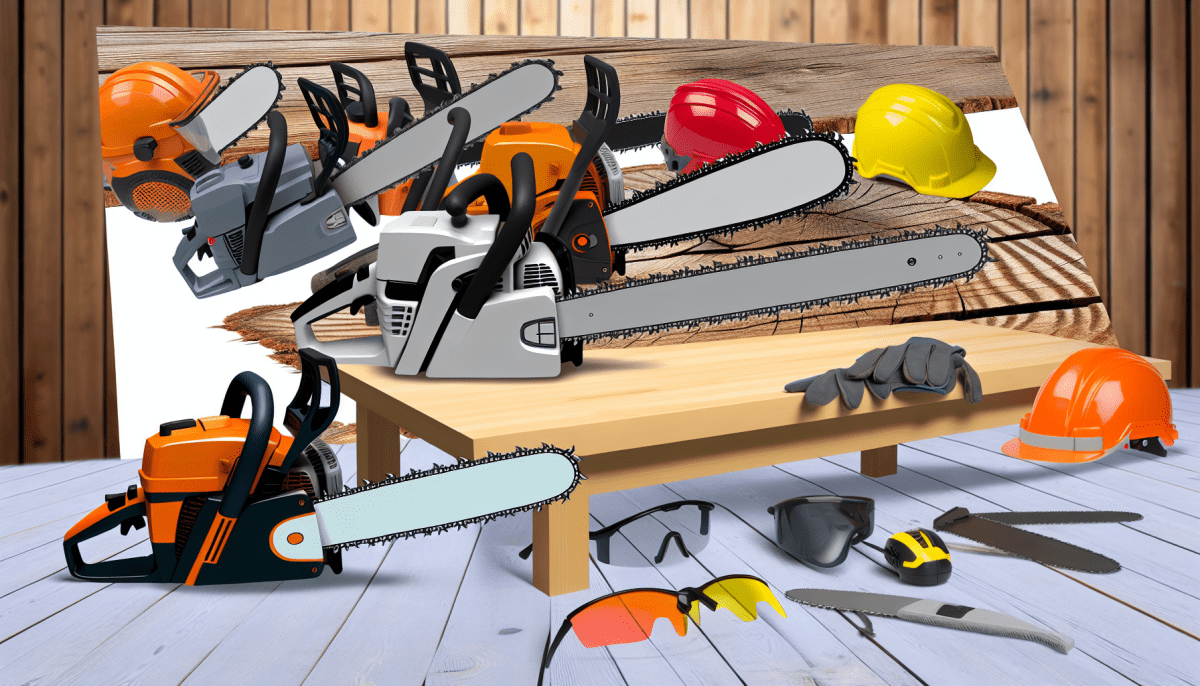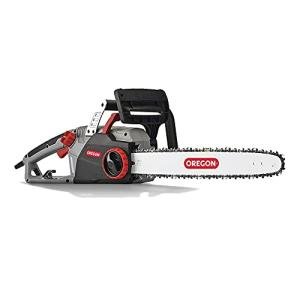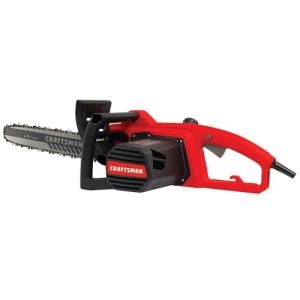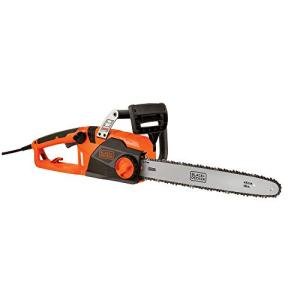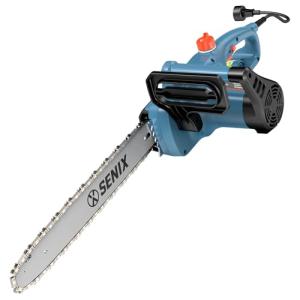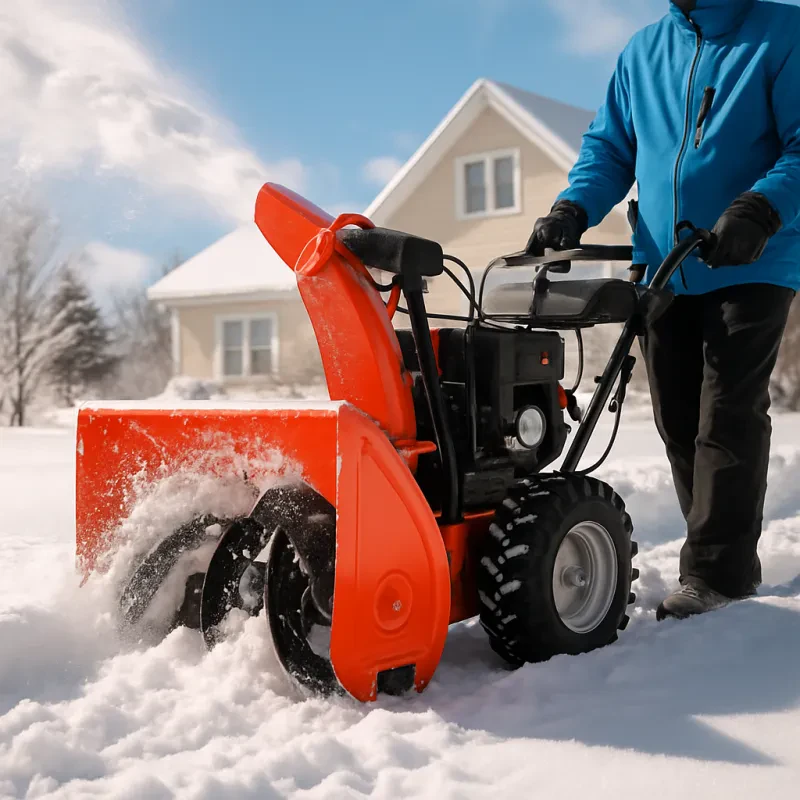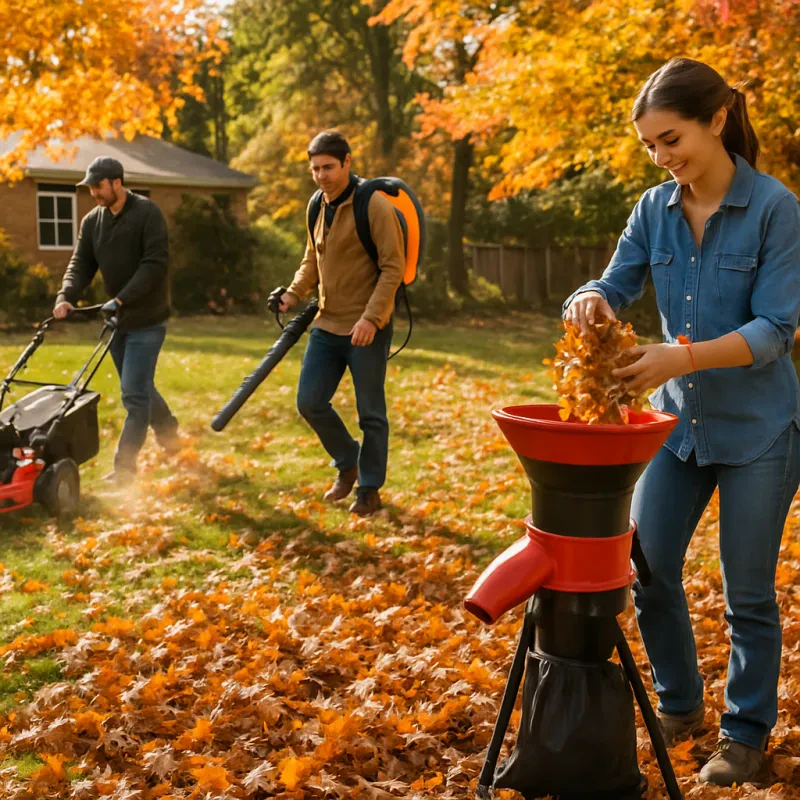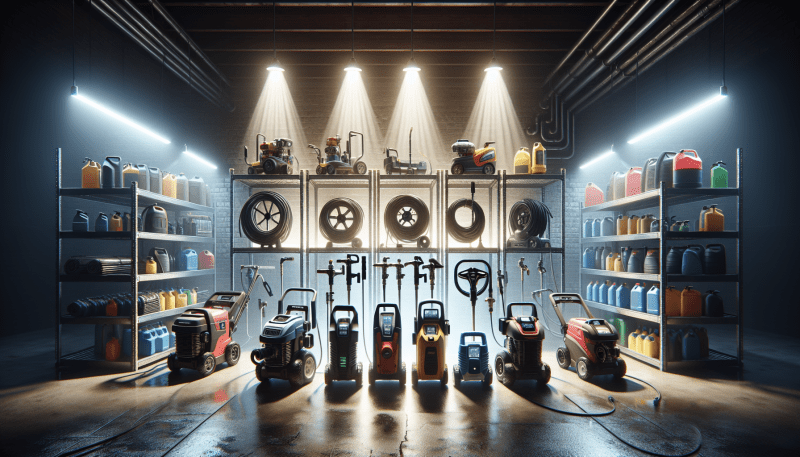When it comes to choosing the right chainsaw, understanding the different types available is crucial. Chainsaws are powerful tools used for various purposes, from cutting firewood to felling trees. Each type of chainsaw is designed with specific features, making it suitable for different tasks. Whether you are a professional logger or a weekend gardener, knowing your options can help you make an informed decision.
Types of Chainsaws
Gas Powered Chainsaw
First, let's look at gas-powered chainsaws. These chainsaws are favored for their power and portability. They run on a mixture of gasoline and oil, offering high performance for heavy-duty jobs. Gas-powered chainsaws are ideal for those who frequently work in remote areas without access to electricity. However, they can be heavier and require more maintenance compared to other types.
Corded Electric Chainsaw
On the other hand, electric chainsaws have gained popularity for their ease of use and lower maintenance for homeowners around the yard. Corded chainsaws provide consistent power, making them perfect for tasks in reachable areas, such as trimming trees or clearing brush.
Cordless Battery Powered Chainsaw
Battery-operated chainsaws have become very popular because they are more mobile, allowing you to work anywhere without the hassle of cords or the weight of gas-powered ones. Most cordless chainsaws may have limitations in run time and power compared to gas models. Cordless chainsaws are available in 2 types; mini and standard size.
Mini chainsaws are excellent for light trimming and pruning, while standard cordless models are better suited for felling trees and cutting larger logs. Selecting a chainsaw with the appropriate size for your needs will enhance your efficiency and safety when tackling various projects.
Key Features to Consider
Chain Bar Length
The size of the chainsaw bar is another important aspect to evaluate. The bar length affects the size of the logs you can cut and the overall control you have while using the tool. A shorter bar is easier to handle, making it a good option for beginners or those dealing with smaller jobs, while a longer bar is better for felling larger trees or making more extensive cuts.
Safety Features
Safety features are also vital when selecting chainsaws. Look for models that come with chain brakes, low-kickback chains, and safety guards. These features are designed to protect you while working and can help prevent accidents. Additionally, weight and ergonomics play a significant role in how comfortable you feel using the chainsaw, especially for extended periods. A well-balanced design with a comfortable grip can make all the difference in reducing fatigue.
Required Maintenance
Lastly, consider the maintenance required for your selected chainsaw. Some models require more upkeep than others, such as regular chain sharpening and lubrication. Understanding the maintenance needs can help you choose a chainsaw that fits your lifestyle and ensures optimal performance over time. With these key features in mind, you'll be better equipped to make an informed choice that meets your specific needs.
Safety Tips for Chainsaw Use
Wear the Proper Gear
Using chainsaws can be an efficient way to tackle tough jobs, but safety should always be your top priority. Before you even start, make sure you’re wearing the proper gear. This means heavy-duty gloves, protective eyewear, and sturdy boots. It’s essential to shield yourself from potential injuries while operating chainsaws, as even a momentary lapse in attention can lead to accidents.
Inspect the Chainsaw
Next, always inspect your chainsaw before use. Check for any damage to the chain, bar, and motor. Ensuring that the chainsaw is in optimal condition will not only improve performance but also minimize the risk of injury. If you notice any issues, don’t hesitate to get it repaired before taking it out for work.
Be aware of your surroundings
When you're ready to begin cutting, remember to maintain a solid footing and be aware of your surroundings. Chainsaws can produce a powerful force, so it's crucial to stand firm and avoid loose debris that could lead to slips. Additionally, never operate chainsaws if you’re fatigued or under the influence of alcohol or medications that impair your senses.
Using the Chainsaw
Finally, always cut with the chainsaw's body angled away from you and be mindful of the chain's direction. Learning these basic techniques will greatly reduce the likelihood of accidents. By following these safety tips, you can enjoy the benefits of using chainsaws while minimizing risks.
Maintaining Your Chainsaw Effectively
To get the most out of your chainsaw, regular maintenance is key. Keeping your chainsaw in top condition not only extends its lifespan but also ensures it operates safely and efficiently.
Regularly Check and Sharpen the Chain
One of the first steps in maintaining your chainsaw is to regularly check and sharpen the chain with a chainsaw sharpener. A sharp chain cuts through wood with ease, while a dull chain can lead to accidents or uneven cuts. Invest in a quality chainsaw file or sharpener and keep your chain sharp for optimal performance. If the chain is kinked, teeth missing, or worn down, it's time to replace it with the appropriate length (and width) replacement chain.
Keep clean after each use
Another important aspect of chainsaw maintenance is cleaning. After each use, take a few moments to clean the chainsaw to remove sawdust, dirt, and sap. These residues can affect the tool’s performance and make it harder to start. Pay special attention to the air filter and the area around the bar. A clogged air filter can cause the engine to overheat, while a clean bar ensures that the chain runs smoothly.
Check the chain oil level
Don’t forget to check the oil levels regularly. Chainsaws require proper lubrication to keep the chain and bar from wearing down. Use the manufacturer-recommended chain oil type and refill it as needed. Some chainsaws come with an automatic oiling system, but it’s still wise to monitor oil levels before and after each use. Consistent lubrication helps prevent costly repairs down the road.
Keep it stored properly
Finally, store your chainsaw properly when not in use. A cool, dry place away from direct sunlight is ideal to prevent rust and degradation of components. Consider using a protective case to shield it from accidental damage. By following these simple maintenance tips, you can ensure your chainsaw remains a reliable tool for all your cutting needs.
